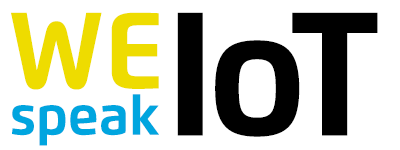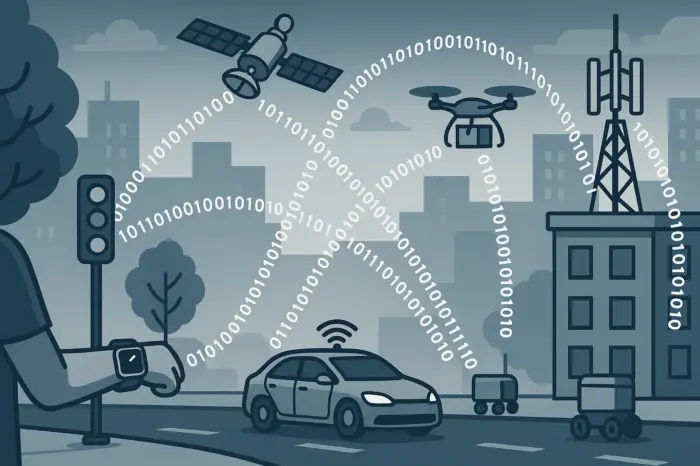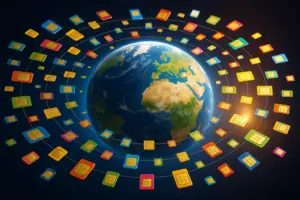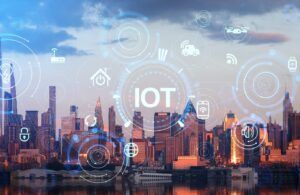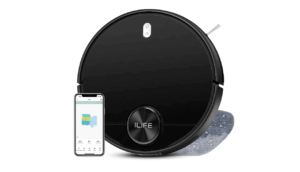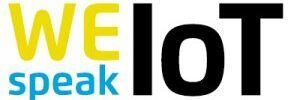IoT in Transition: Three Developments Shaping 2025

The number of connected devices worldwide continues to grow – along with the demands on networks, hardware, and services. Iain Davidson, Senior Product Marketing Manager at IoT connectivity provider Wireless Logic, explains which developments are currently setting the tone.

Iain Davidson, Product Marketing Manager Wireless Logic on the key IoT trends in 2025. Foto: Wireless Logic
Global IoT growth shows no signs of slowing down. According to a forecast by the analytics firm Transforma Insights, the number of IoT connections in 2025 is expected to reach around 18.2 billion – with a further increase to 20.4 billion by 2026.
According to Davidson, sectors such as manufacturing, energy, and healthcare are experiencing particularly strong growth, where sensor technology, robotics, and telemetry play an increasingly important role.
But the IoT ecosystem is changing not just quantitatively, but also qualitatively. Technological developments, regulatory changes, and the trend toward greater flexibility are reshaping how devices are connected and managed.
From Wireless Logic’s perspective, three developments currently stand out:
1. eSIMs: More flexible network profiles in the field
With the introduction of the GSMA standard SGP.32 in 2023, the remote configuration of SIM profiles has been simplified. This makes so-called “Remote SIM Provisioning” (RSP) part of everyday IoT deployment – network profiles can now be downloaded directly to devices already in the field.
For companies, this means more flexibility: They are no longer tied to a previously selected network provider and can switch providers via eSIM – for example, to address coverage issues or avoid roaming restrictions. Logistics also benefit: Unified product numbers (SKU) for entire device families regardless of their country of deployment simplify inventory and distribution. According to Wireless Logic, this can lead to savings of up to 30% in production and support costs.
This trend is particularly relevant in light of the growing move away from physical SIM cards – as seen with Apple, which since the iPhone 14 in the U.S. has used eSIMs exclusively. According to Davidson, this development is likely to extend to IoT hardware such as routers and gateways in the medium term.
“The trend toward pure eSIM will extend to tablets, routers, and gateways – especially for IoT devices, this […] makes a lot of sense. This development […] will motivate mobile network operators […] to increasingly offer downloadable network profiles.” — Iain Davidson
2. Shutdown of 2G/3G networks reveals configuration errors
The phased shutdown of 2G and 3G networks is putting numerous legacy devices under pressure – including some that are technically 4G-capable. Problems often arise due to faulty or outdated configurations:
- Incorrect network logic: Some devices are configured to prioritize voice connections – even if they are never used for voice. When 2G/3G is no longer available, these devices enter a kind of endless connection loop.
- SMS dependency: Other devices that use 4G for data still rely on 2G/3G for SMS – which fails once the old networks are deactivated. Although 4G does support SMS, it does so via the “SMS over Diameter” (SGd) protocol. All involved networks and devices must support this standard to function properly.
Davidson warns: Even companies with 4G-capable devices should check their SMS configurations – not all carriers support the modern SMS method by default.
3. MVNOs in transition: Value-added services beyond connectivity
Mobile Virtual Network Operators (MVNOs) that rely solely on traditional connectivity services are coming under increasing pressure. To stand out, Davidson says providers must offer additional services – particularly in the areas of **security, hosting, or data platforms**.
A recent study by Wireless Logic and Kaleido Intelligence shows:
- 49% of IoT users want professional software services from their provider,
- 39% expect platform offerings for their applications,
- 88% want tools to monitor data traffic,
- 47% value threat detection services at the network level.
Market expectations clearly go beyond simple connectivity – providers that offer comprehensive solutions will gain long-term competitive advantages.
Conclusion: IoT remains in motion
The year 2025 highlights how dynamically the IoT landscape continues to evolve – driven by new standards, the dismantling of legacy networks, and the growing demand for integrated platform solutions. Companies must regularly review their infrastructure and adapt to emerging requirements.
Wireless Logic sees eSIM technology, network migration, and expanded service offerings as key levers for maintaining robust IoT value creation in the coming years.



